For sale: a treasure trove of rare British textiles
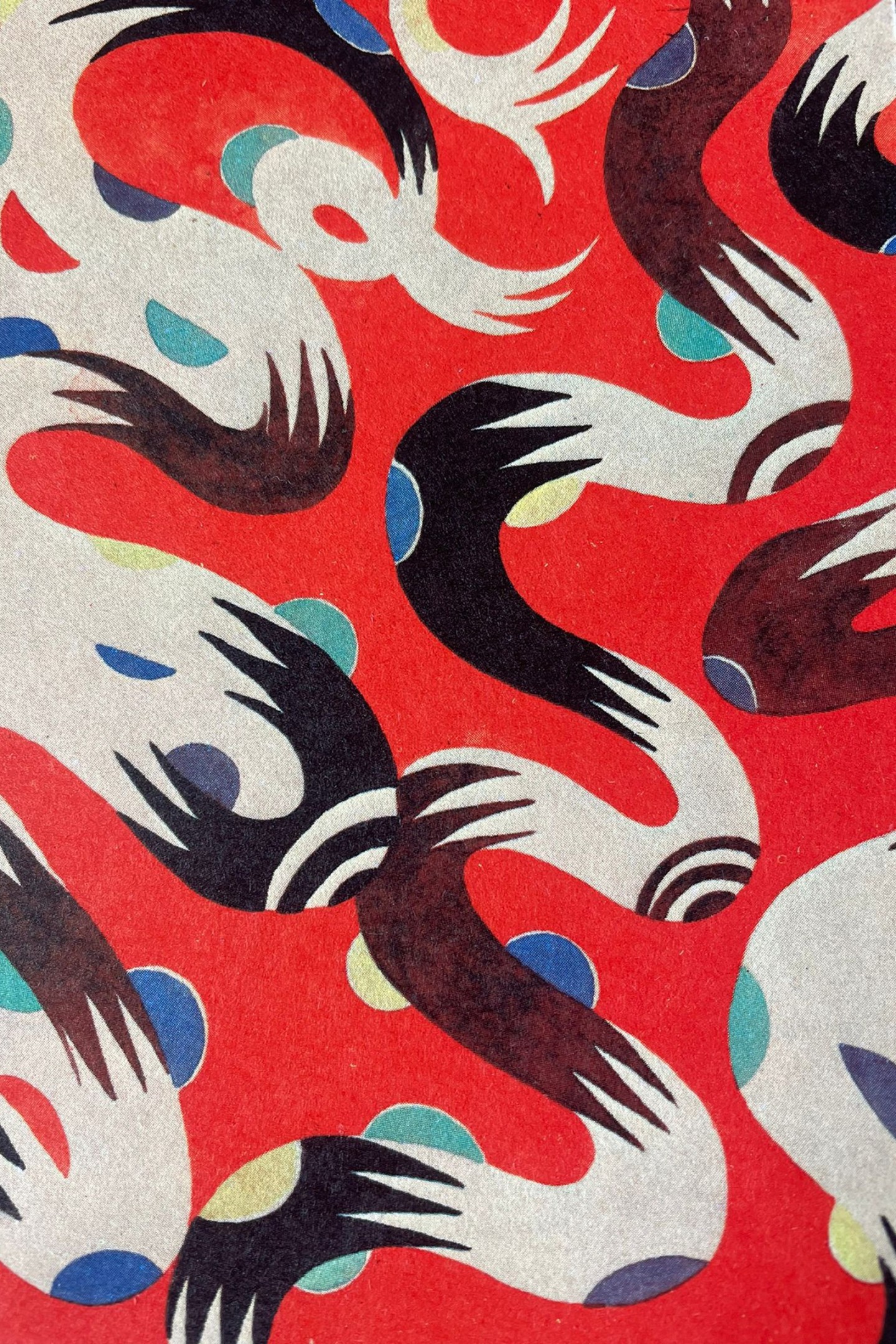
Simply sign up to the Fashion myFT Digest -- delivered directly to your inbox.
Georgina von Etzdorf, Jonathan Docherty and Martin Simcock met at art school in London in the ’70s; what followed was not only a friendship but a textile empire that, at its peak, would see their print creations stocked in more than 400 stores across 25 countries. Their USP? Unusual colour combinations, sensuous textures and a flair for manipulating scale.
“There was always an artistic, painterly quality to whatever we did,” recalls Etzdorf, artistic director of her eponymous brand, now 69 and living in Bristol. Her designs have been worn by David Bowie, Mick Jagger and Princess Diana. The majority of prints, kaleidoscopic and often inspired by nature, originated from her artworks on paper; these were then translated onto clothing, wallpaper and even wood furniture, running the full gamut of possibilities in how pattern could be applied. “In the pre-digital age, designs were built up by hand using a combination of painting, collage and photocopy,” adds Docherty. These methods informed many “happy accidents,” such as the brand’s signature croissant logo – which resulted from experiments with pen and ink – or their reverse-printed Comets design, developed from a pair of pyjamas made up inside-out.


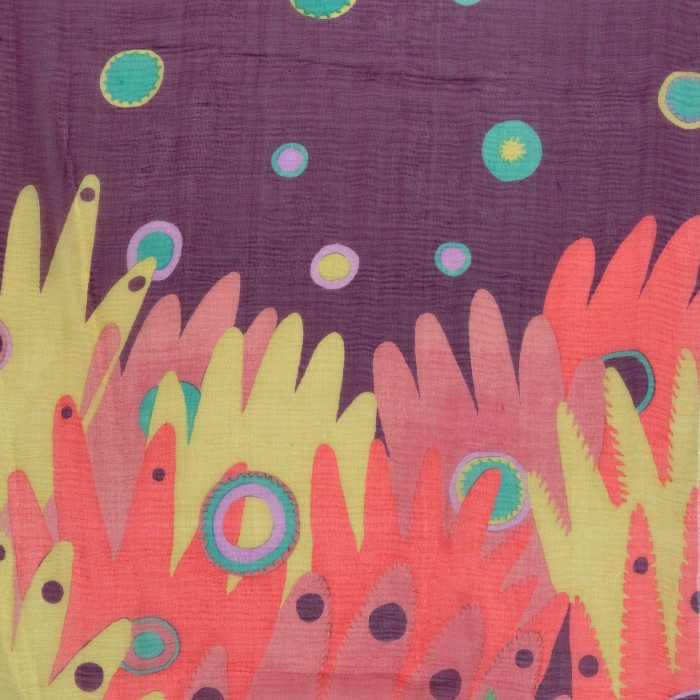
Each creation possessed its own quirky energy, attracting admirers such as Margaret Howell, Paul Smith and Dries Van Noten, with whom they collaborated on a range of accessories in the mid-’90s. But their unique, punchy aesthetic did not always meet with a warm reception. “When we first started, we had difficulty trying to find people in the textile industry to support us, but we just knew that we had something dynamic and a determination to get it out there,” Etzdorf says. Collagerie co-founder and stylist Lucinda Chambers remembers the day in 1982 when Etzdorf came in to see Grace Coddington, former fashion director at British Vogue, with her “battered, well-travelled suitcase [...] It was like watching a magician conjuring the most beautiful and otherworldly things that floated to the floor”. Chambers used a sample to photograph on the July cover, and officially put them on the map.
Some 40 (and entirely self-funded) years later, Etzdorf and Docherty, who have been operating as a duo since 2017, have decided to close this chapter of their lives. “We’d got to a certain point in the arc of our development where we thought it was time to share what we had done,” says Etzdorf. She is hoping to find a new home for their archive, currently based in Salisbury. Whether it be a museum or a private collector, the pair are currently accepting offers.
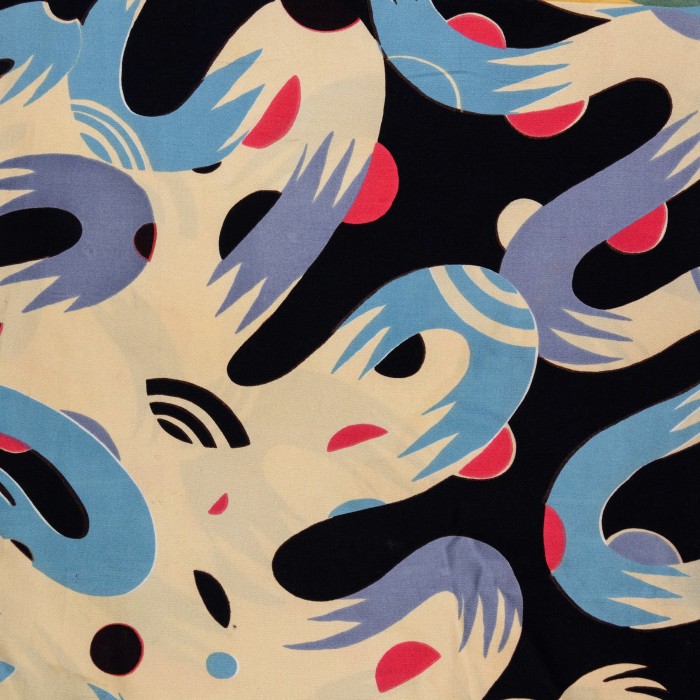
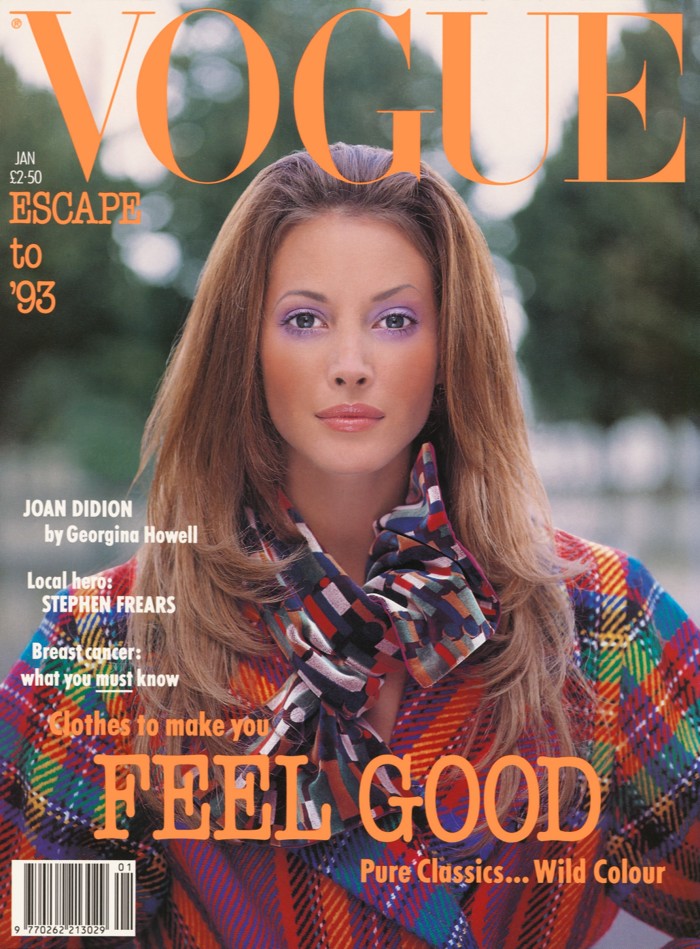
A Tangent-print scarf on the cover of Vogue in January 1993
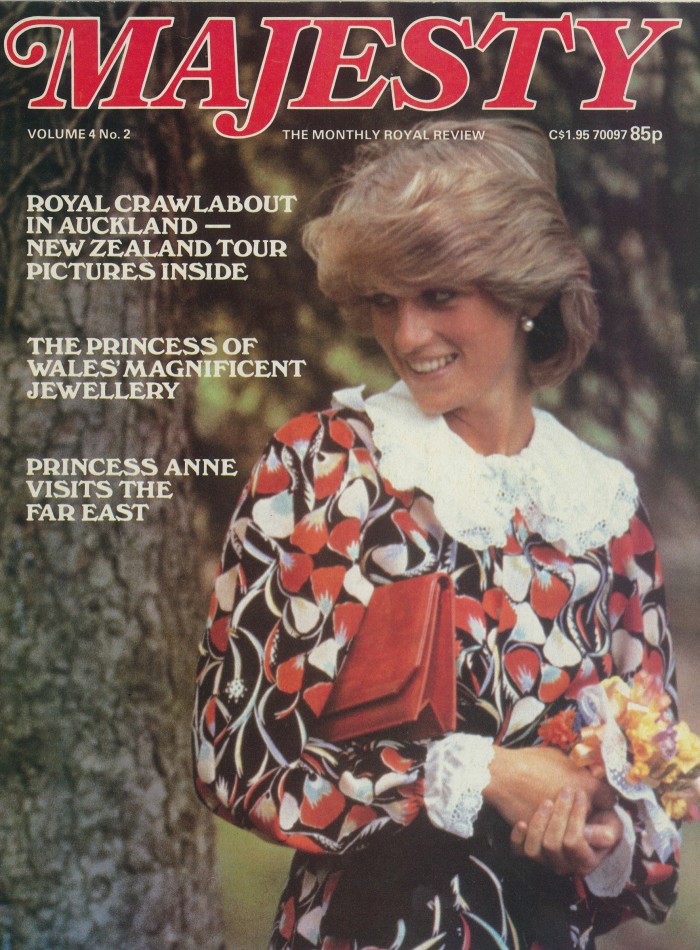
Diana, Princess of Wales, wears a dress in Poppy print for Majesty magazine in 1984
“It’s sort of like entering an attic,” Etzdorf jokes of the archive, big enough to fill a five-square-metre room and comprised of objects and ephemera equal parts nostalgic and arcane. From 1,400 scarves and shawls and 2,000 fabric swatches to more than 100 original artworks, including Rosamundi (1994), an A0-size painted blue marvel, it all provides a fascinating insight into a forgotten period of British fashion history.
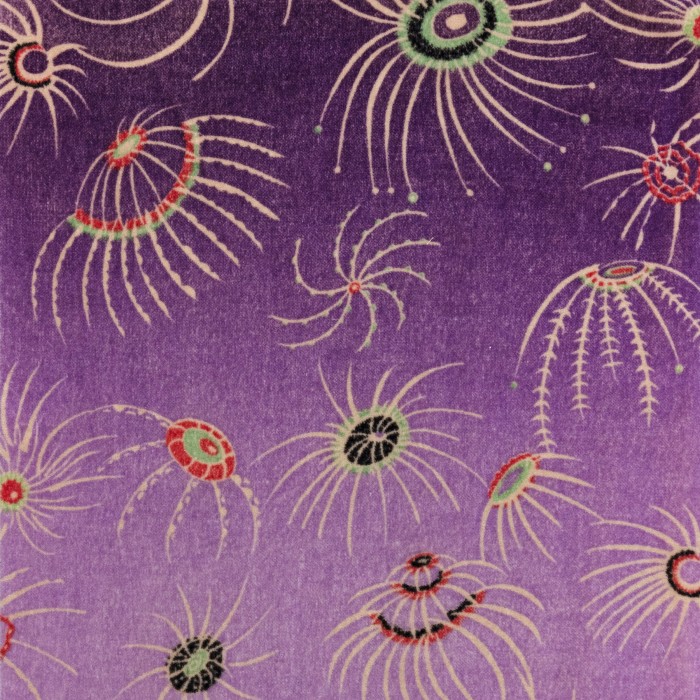
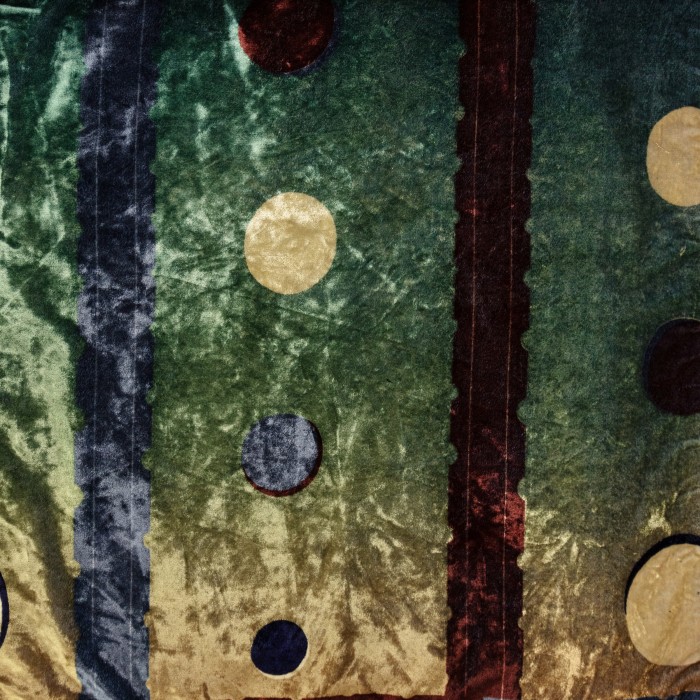
“Our greatest desire is for it to be kept together,” says Etzdorf, “for it to be seen, known about, and serve as stimulation for others”. This is a sentiment shared by John Campbell of private advisory firm Campbell Lutyens – also GvE&Co’s (as the brand is now known) biggest UK collector. His daughter’s wedding dress was made from one of Etzdorf’s lively Ranunculus prints; his wife jokes that his collection of scarves is written into the will. Campbell describes Etzdorf as “the greatest textile designer that Britain has ever had since William Morris” and hopes for a future in which the archive will be made “accessible” and not simply lost to a glass box.
However the collection is sold, the pair are also amenable to working with someone on producing curated selections. “We are so much a part of it,” Etzdorf says. “So if it does go to auction, I’m probably going to auction myself off with it.”
If you are interested in purchasing the archive or a curated selection, please contact Phoebe Rose (phoebe.rose.adler@gve.co.uk)
Comments